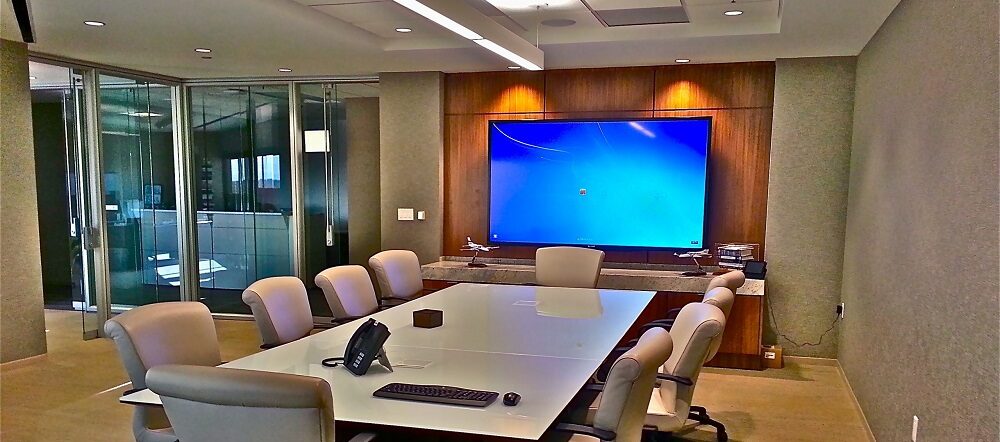Optimal Strategies for Placing Security CCTV to Improve Surveillance Efficacy
Optimal Strategies for Placing Security CCTV to Improve Surveillance Efficacy
Blog Article

Placing surveillance cameras efficiently is crucial to enhancing monitoring in various settings, such as residences, commercial properties, as well as public areas. The primary objective of surveillance cameras is to deter crime and provide evidence in case of incidents. To attain this, it becomes essential to take into account several elements, including camera location, field of vision, as well as the particular zones that require oversight. By understanding these factors, individuals as well as organizations can create a comprehensive surveillance plan that maximizes the efficacy of their security solutions.
One of the first steps in placing security cameras involves to identify key areas that require surveillance. Vulnerable areas, such as entry points, exits, vehicle lots, as well as areas with high-value items, should be prioritized. It is important to take into account blind spots, that are locations that might not be visible from specific angles. By charting out these critical areas, security personnel can guarantee that every nook is observed, reducing the likelihood of illegal activity going undetected. Additionally, placing surveillance systems at strategic locations can help form a complete perspective of the premises, enabling for better overall security coverage.
The viewing angle of a security system is another crucial element to consider. Various kinds of cameras provide varying fields of vision, which can influence how much area is captured in the video. For example, wide-angle systems can monitor larger areas, making them ideal for spacious areas, whereas PTZ systems can be adjusted to concentrate on specific details. When placing cameras, it becomes important to select the appropriate type based on the area being observed. This guarantees that the system can capture sharp images and Check This Out provide important information in the event of an incident.
Elevation and tilt of mounting also have a significant part in the efficacy of surveillance systems. Surveillance systems should be installed at a height that is out of reach of possible interference but also enables for unobstructed visibility of faces and additional recognizable details. A typical recommendation is install systems at least 8 to ten feet off the ground. Additionally, the angle at which the system remains set can affect its ability to capture crucial information. Surveillance systems should be angled to minimize reflection and prevent blockages, ensuring that they can record sharp video at all moments.
In conclusion, regular maintenance and improvements to the surveillance system are essential for long-term efficacy. This entails checking camera performance, wiping lenses, and ensuring that software is up to date. Frequent evaluations of the surveillance strategy can assist detect any new blind spots or locations that might require additional monitoring. By remaining vigilant and making required changes, individuals and entities can improve their surveillance effectiveness and guarantee that their surveillance solutions remain to serve their intended function.